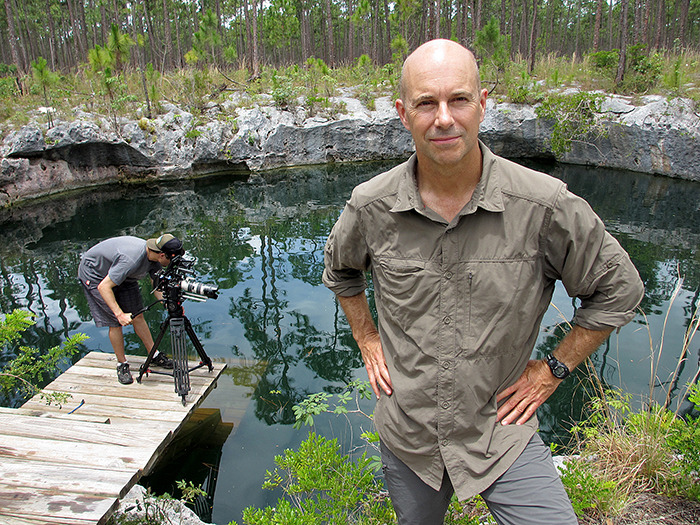Success! We’ve tested the nano3D with our A cam system and it actually works! Looks like we’ll be able to usSuccess!
We’ve tested the nano3D with our A cam system and it actually works!
Looks like we’ll be able to use this little recorder deck to shoot our first 3D documentary later this summer.
But it did put up a bit of a fight …
And its functionality has made me aware of another part of the system that’s not going to fly – the stock Fujinon 2.8 mm and 4 mm lenses we planned to use with the Iconix sensors.
Here’s how it all went down:
The nano3D comes with a trigger remote, used to start and stop recording.
We hooked it up to our sensor/lens kit and the remote didn’t work.
Likely a consequence of being one of the first pre production models released and rushed to us … but a consequence we couldn’t afford.
Without this remote the camera operator would have to access the deck every single time they wanted to start and stop recording.
In the field – a sports stadium in Brazil that’s being demolished – this would be impractical at best, impossible at worst.
So we called our contact at Convergent Designs, Dan Keaton.
He handled it amazingly.
He suspected that it was an issue with the deck’s firmware, considering it’s a brand new pre production model.
He got new firmware code written for us and sent it via email faster than anyone expected. We updated the firmware and all was well – we were trigger happy.
Then we tested it with our setup and realized the Fujinon lenses can’t capture footage that passes our QC.
Specifically, the lenses – normally used for security and surveillance purposes – have the high-definition resolution we need, but lack the sharpness. The lenses are just too soft, especially for the detail that’s required in capturing Blowdown, the beast that is explosive demolition.
So, in the end, the nano3D is a go – it captures at almost three times more than 100 MB/S required for broadcast. It’s portable, light and fast – even with the battery.
Also, it’s a future-proof product – anything that can capture a HDSDI signal to compact flash drive should be valuable for many years. And with technology changing faster than ever before, staples like this are great to come across.
One more thing: if you’re looking into one for yourself, know that it only takes higher-end CF cards … a chart of what works and what won’t is available on Convergent Designs’ website.
As for the lenses – time to embark on the search for alternatives.
Suggestions, anyone?

